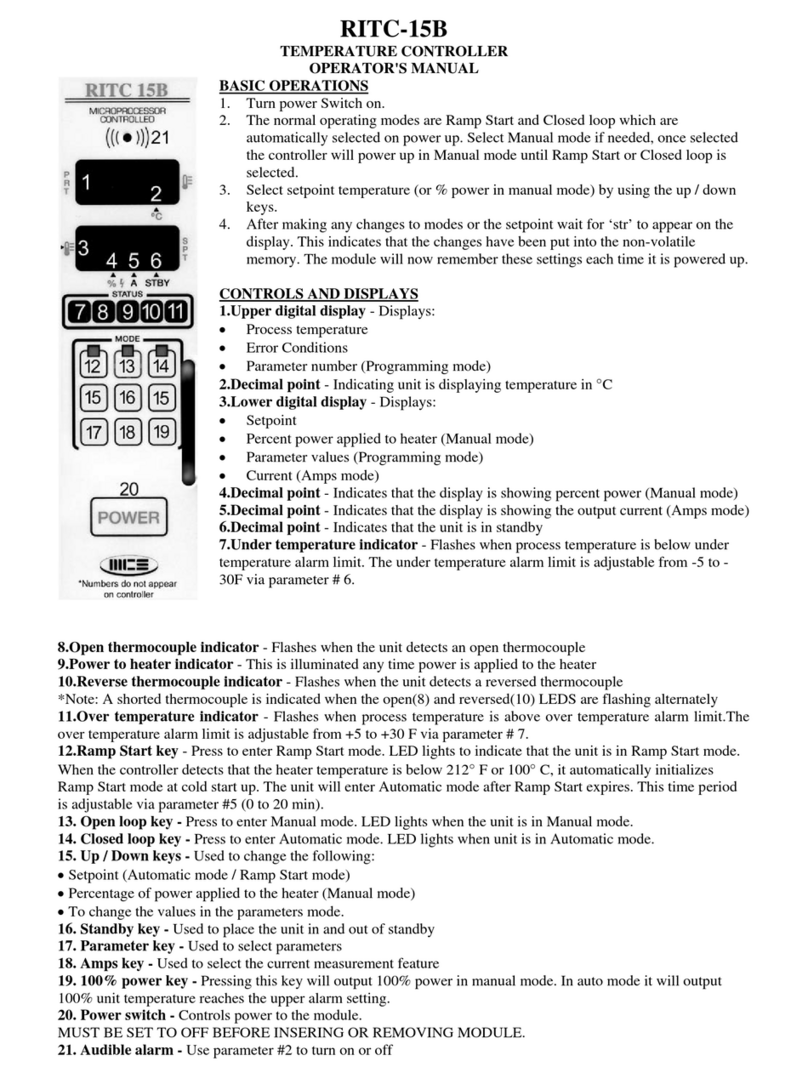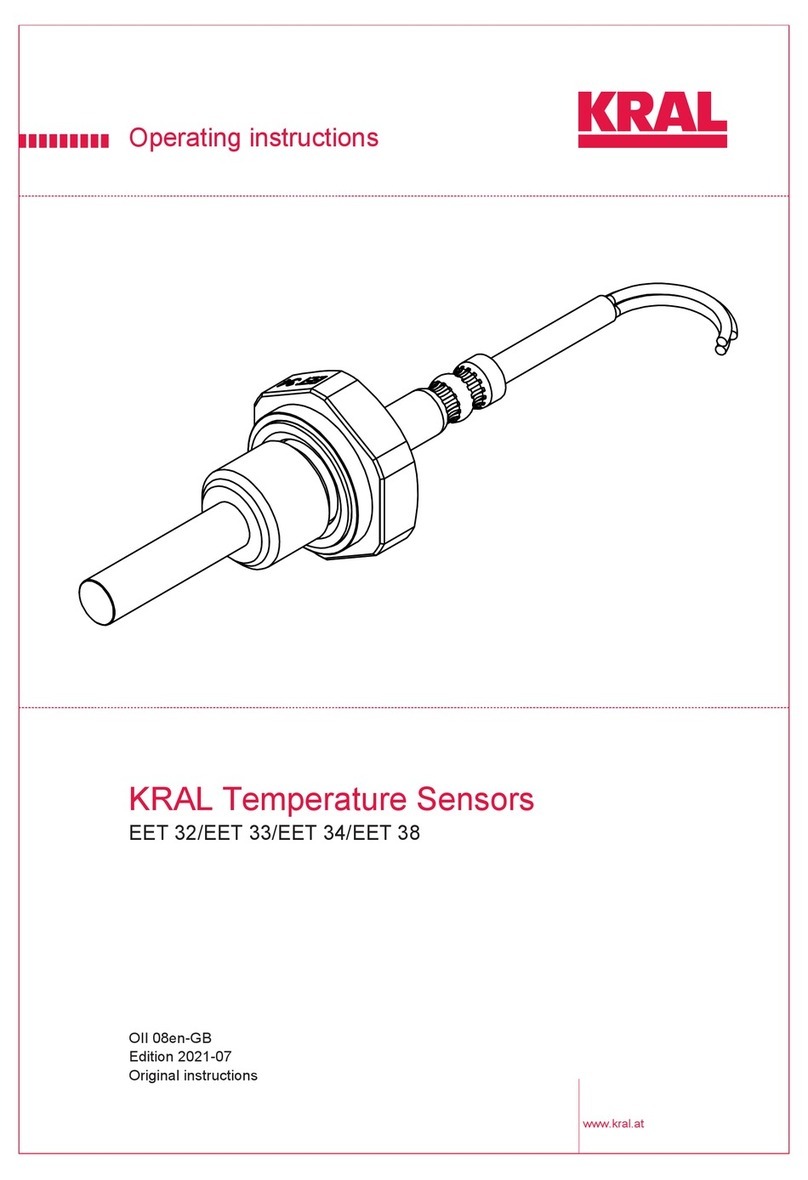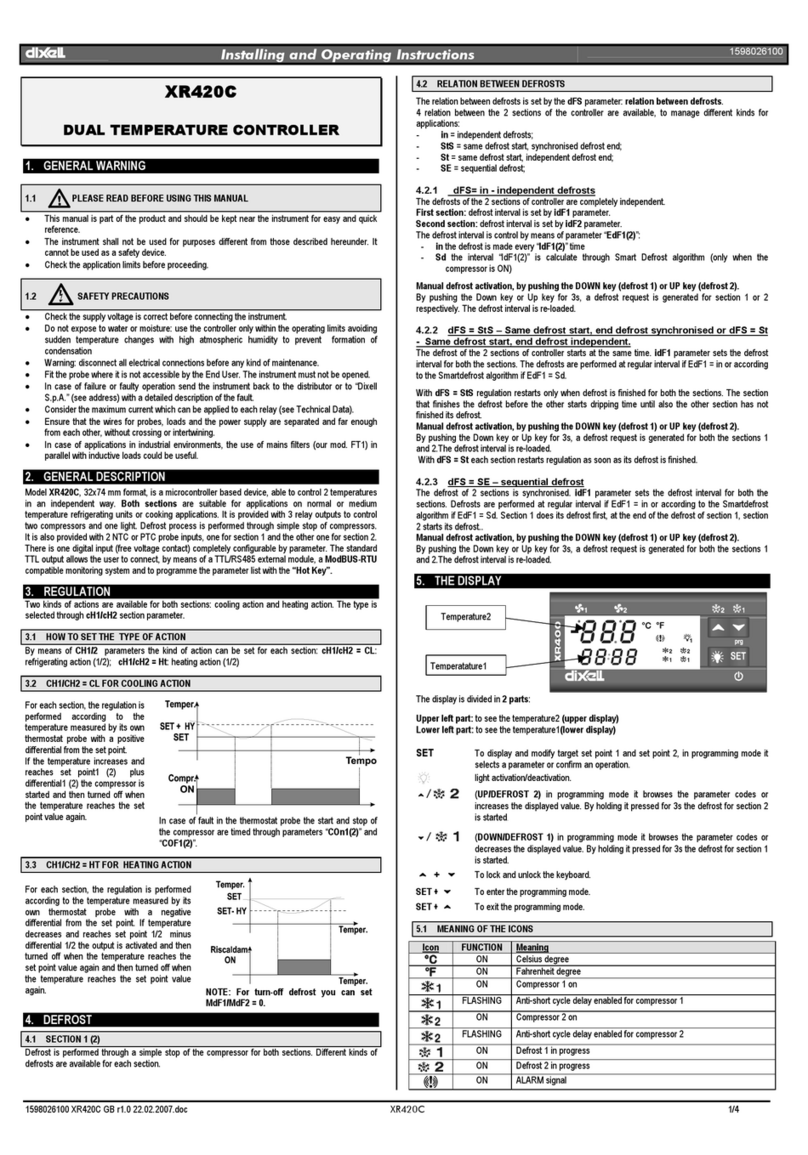
3
CONTENTS
1. APPLICATION ................................................................... 5
2. CONTROLLER SET .............................................................. 5
3. BASIC REQUIREMENTS, OPERATIONAL SAFETY .......................... 6
4. INSTALLATION .................................................................. 6
4.1. Controller Installation ............................................................6
4.2. Electrical Connections ..........................................................8
4.3. Installation Recommendations ..............................................9
5. STARTING TO WORK ......................................................... 10
6. SERVICE ........................................................................ 10
6.1. Programming Controller Parameters ..................................12
6.2. Programming Matrix ............................................................13
6.3. Setting Change ...................................................................14
6.4. Parameter Description ........................................................14
7. CONTROL ....................................................................... 17
7.1. ON-OFF Algorithm ..............................................................17
7.2. Innovative SMART PID algorithm ........................................18
8. ALARMS ........................................................................ 20
9. ADDITIONAL FUNCTIONS .................................................... 21
9.1. Displaying the controller signal ..........................................21
9.2. manual Control ....................................................................22
9.3. Manufacturer’s Setting ........................................................22
10. ERROR SIGNALLING .......................................................... 23
11. TECHNICAL DATA ............................................................. 24
12. KONTROLLER EXECUTION CODES .......................................... 27
13. MAINTENANCE AND GUARANTEE ........................................... 29



























